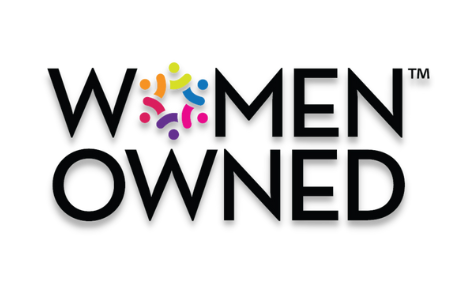As most produce farmers and handlers are aware, food safety is a major concern in the market for fruits and vegetables. More and more produce buyers are requiring proof that their suppliers are implementing effective food safety programs all the way to the farm level. The USDA Harmonized Good Agricultural Practices (GAP) Audit program, run by the Specialty Crops Inspection Division of the USDA’s Agricultural Marketing Service (AMS), is one option for produce operations to meet those market demands. For those that are unfamiliar, Good Agricultural Practices (GAP) and Good Handling Practices (GHP) audits focus on the use of best agricultural practices to verify that fruits and vegetables are produced, packed, handled, and stored in the safest manner possible to minimize risks of microbial food safety hazards. USDA GAP & GHP audits verify adherence to the recommendations in the U.S. Food and Drug Administration’s Guide to Minimize Microbial Food Safety Hazards for Fresh Fruits and Vegetables and industry-recognized food safety practices.
In June 2009, the United Fresh Food Safety Council endorsed a plan to drive harmonization of GAP standards, to reduce audit fatigue and allow operations to focus their food safety resources on achieving food safety, rather than passing audits. This plan evolved into the Produce GAP Harmonization Initiative, an all-industry effort including growers, shippers, produce buyers, government agencies, audit organizations and other stakeholders.
Preparing for the Food Safety Audit
The USDA Harmonized GAP audit remains a voluntary, user-fee funded audit program to facilitate market access. It is not a substitute for FDA or state regulatory inspections. So, first and foremost, before you start preparing for a food safety audit you need to talk with your buyers to find out what they require.
While the specific standards vary, the basic food safety requirements to obtain certification are the same. One very important step in preparing for your food safety audit is to organize your documentation. The amount of documentation you need can feel overwhelming, and creating an auditable system is key. In most cases, documentation is the only means of demonstrating to an auditor that your food safety plan is being followed. The USDA has updated its checklist to reflect 81 mandatory items. For each of these 81 items, the auditor must either find that you are in compliance with the requirement, or that it is not applicable to your operation. If the auditor deems any one of these items non-compliant, you will not meet the acceptance criteria to pass the audit even if you are in compliance with every other applicable requirement of the Harmonized GAP standard.
If this is your first time seeking certification you should consider working with an advisor. It could potentially save you time and money and, in the end, it could mean the difference between getting your produce on the shelf or not. There are many associations in the industry that maintain a list of trusted advisors and consultants, so if you’re not sure who to contact – your local agricultural association is a great place to start.
Annual Traceability Exercises
The Traceability Requirement (G-6.1) of the Harmonized GAP Audit states that a traceability exercise must be conducted on an annual basis. A documented traceability program ensures that in the event of a recall your produce can be traced at least one step forward and one step back. In the traceability exercise, you must be able to locate 100 percent of the products shipped to recipients (excluding direct-to-consumer sales) within 4 hours, or as required by applicable regulations.
Traceability can easily be accomplished through existing records, including field map/numbers, and input records for trace-back; and harvest records and invoices for trace-forward. Minimum requirements for traceability system records include the date of harvest, quantities harvested, field or block numbers, and transporter and non-transporter data.
Blockchain & Traceability
There are a number of ways to incorporate traceability into your food safety program. Some growers are opting for enhanced technologies such as blockchain-enabled labels that link the physical packs with digital environments. These blockchain-enabled labels act as a digital ledger that cannot be changed once logged, giving them a high-trust value. At the same time, they provide a means for engaging consumers directly. For instance, one raspberry producer opted to incorporate a QR code on the labels of each package so the consumer could connect to the grower and learn more about storage, certifications, recipes, fun facts, and provide feedback and usage information in return.





